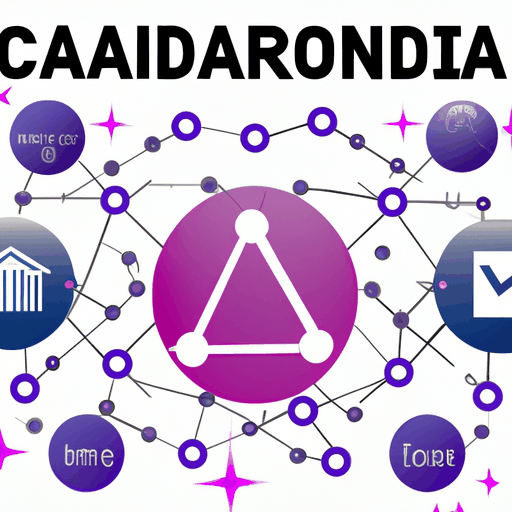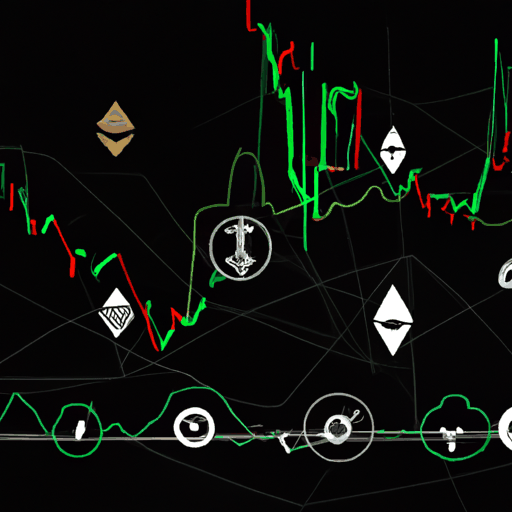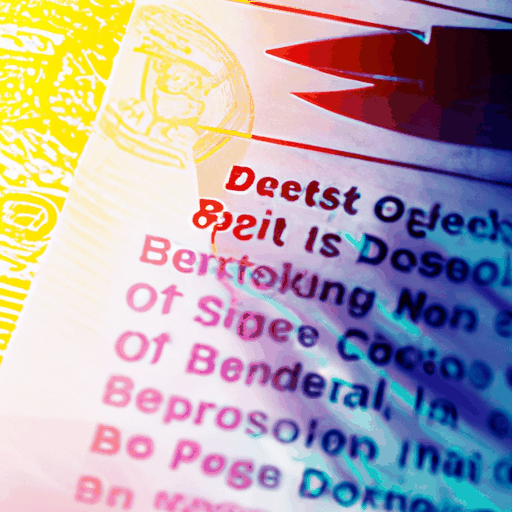
Cardano's Change Hard Fork Signals New Era in Blockchain Governance
By: Eliza Bennet
On September 1, the Cardano blockchain successfully implemented the first phase of its Chang hard fork, ushering in a transformative era of decentralized governance. This upgrade represents a pivotal step for Cardano in its quest to become a fully self-governing, decentralized network. The Chang hard fork introduces a novel token-based governance system, making Cardano the first prominent blockchain to achieve such a milestone.
Charles Hoskinson, the founder of Cardano, emphasized the significance of this upgrade, declaring it to be more monumental than Bitcoin. "This dwarfs Bitcoin. It's unique, and books will be written about what has happened," Hoskinson stated. He further elaborated that Cardano's achievement stands out as one of humanity's most significant technical feats, as the distributed system effortlessly evolved across more than 100 countries into a decentralized entity complete with its own constitution, without any central coordination.
Despite this groundbreaking achievement, Cardano's ADA token has not experienced a surge in value. In contrast, it saw a decline of 4% over the past day, causing it to drop out of the top 10 cryptocurrencies by market capitalization according to data from various trusted sources.
Next Steps
The first phase of the Chang hard fork, which lasts for 90 days, introduces foundational governance features and sets the stage for the upcoming Conway-era functionality. During this period, delegated representatives (DReps) can register, and ADA holders have the opportunity to delegate their voting power to these representatives. Additionally, an interim constitution will be established, supported by a technical guardrail script. An interim constitutional committee will oversee the governance actions' constitutionality until a full constitution is ratified.
This period will act as a testing ground for limited governance actions, including parameter changes, hard forks, and information actions. After 90 days, the second phase of the Chang hard fork will activate, thus fully empowering new governance bodies such as the constitutional committee, delegated representatives, and staking pool operators.
The Cardano Foundation has noted that during the second phase, all governance entities, including DReps, staking pool operators, and the interim constitutional committee, will have the ability to vote on governance actions. The conclusion of this stage will also allow for treasury withdrawals, marking another significant milestone in Cardano's journey towards a fully decentralized governance model.



